After attending a Scrum workshop and coming up with a thousand ideas in my head, I tried to think through on how to improve things within my team. After hearing about multifunctional teams, I was shaping the idea of seeing how to fit everything learned into the needs of a maintenance team.
In a multifunctional development team, speed and productivity are triggered because as they do not depend so much on other people to do the job, ask for information, resources or requests from different people, it saves a lot of time in the process.
Let's see what advantages a multifunctional team has over one that isn’t.

What is a multifunctional team?
It is a team composed of people with the different skills required to complete the job.
A multifunctional team is one that:
- As a whole, is self-sufficient.
- Has the knowledge and skills necessary to build the part of the product that corresponds to it.
- Each member's specialty may be supplemented by another member of the team.
Does everyone inside the team have to know how to do everything? Of course not!
The team is the one who has to know how to build the product and is responsible for the result, never the individuals.
Risks of not being a multifunctional team
Usually within a team, whether multifunctional or not, is that a specific task is done by the one who has the most knowledge in that matter or who is most comfortable with it.
But ... what if one person has knowledge about many areas and others less? What happens if, suddenly, there is an overload of tasks on something that only one person is a specialist?

One of the risks of not being a multifunctional team is to find situations that can cause one person or group of people within the team to be overloaded and sometimes the opposite.
However, in an Agile team there is the possibility that anyone can perform some task that is not their specialty to be able to collaborate with their colleagues and share the work.
How to adapt this in a maintenance team?
Within the peculiarities of a client with whom we work, and taking into account that in our maintenance team there are many applications on which we have to deal with incidents, there comes a time when it is impossible for all team members to be specialists in all those applications.
For this reason, it occurred to me to adapt the multifunctionality of the team to the knowledge of certain applications, and what better method for it than a game. I thought it would be more attractive for the team to focus on it this way.
To do this, I used the following adaptaded Crisp technique.
Super Hero Game
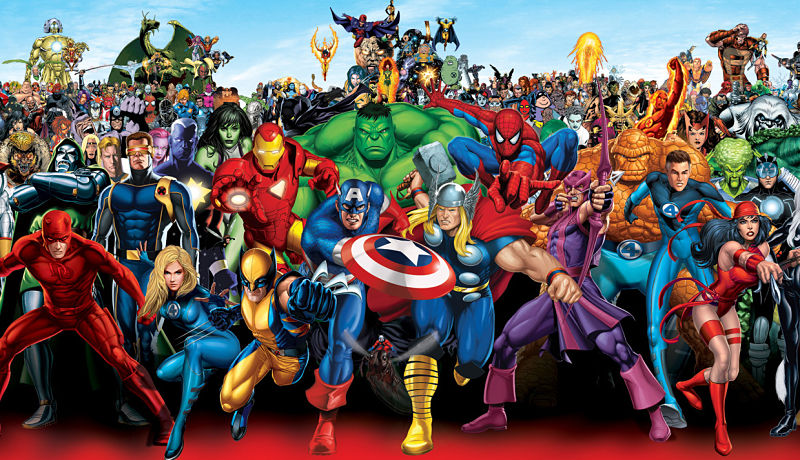
We begin by choosing our avatar from among the following superheroes:
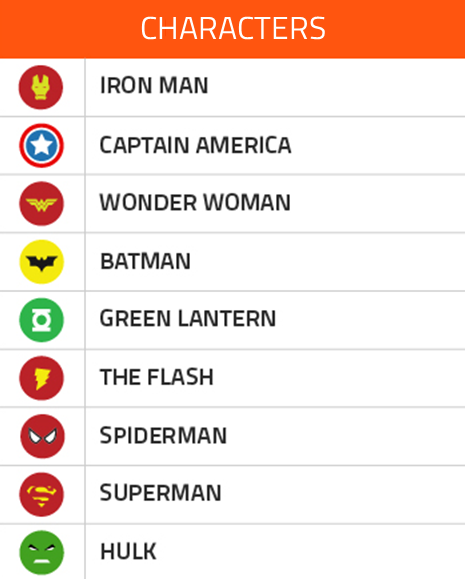
We continue by scoring the degree of ability of each superhero within a chart with respect to each competition, in our case with each application:
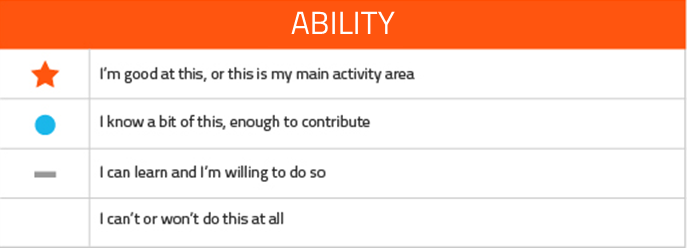
And with this information each person can fill out the following chart:
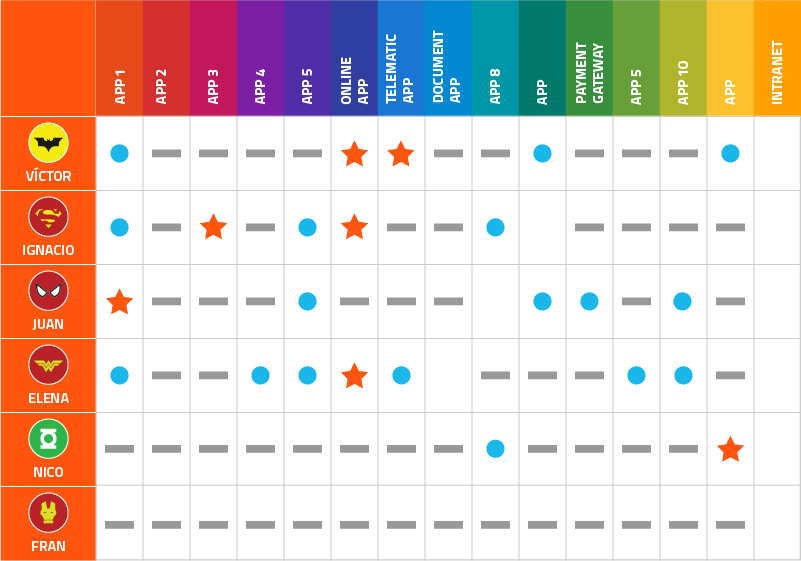
Game rules
- The circles are obtained once you have installed and have the application running and you have interacted somewhat in it. You still need to ask and do more tasks to get the star ...
- The stars are achieved with the accomplishment of tasks that give you enough knowledge about that specific application, with which you would be able in an almost independent way to solve anything that came up.
- It may be the case that stars are lost, if a long time passes without having touched an application and the person / team considers that the star has to become a circle.
Lastly, and to make it a little more fun, I made a couple of badges and when each "superhero" gets three stars he will get their badge.
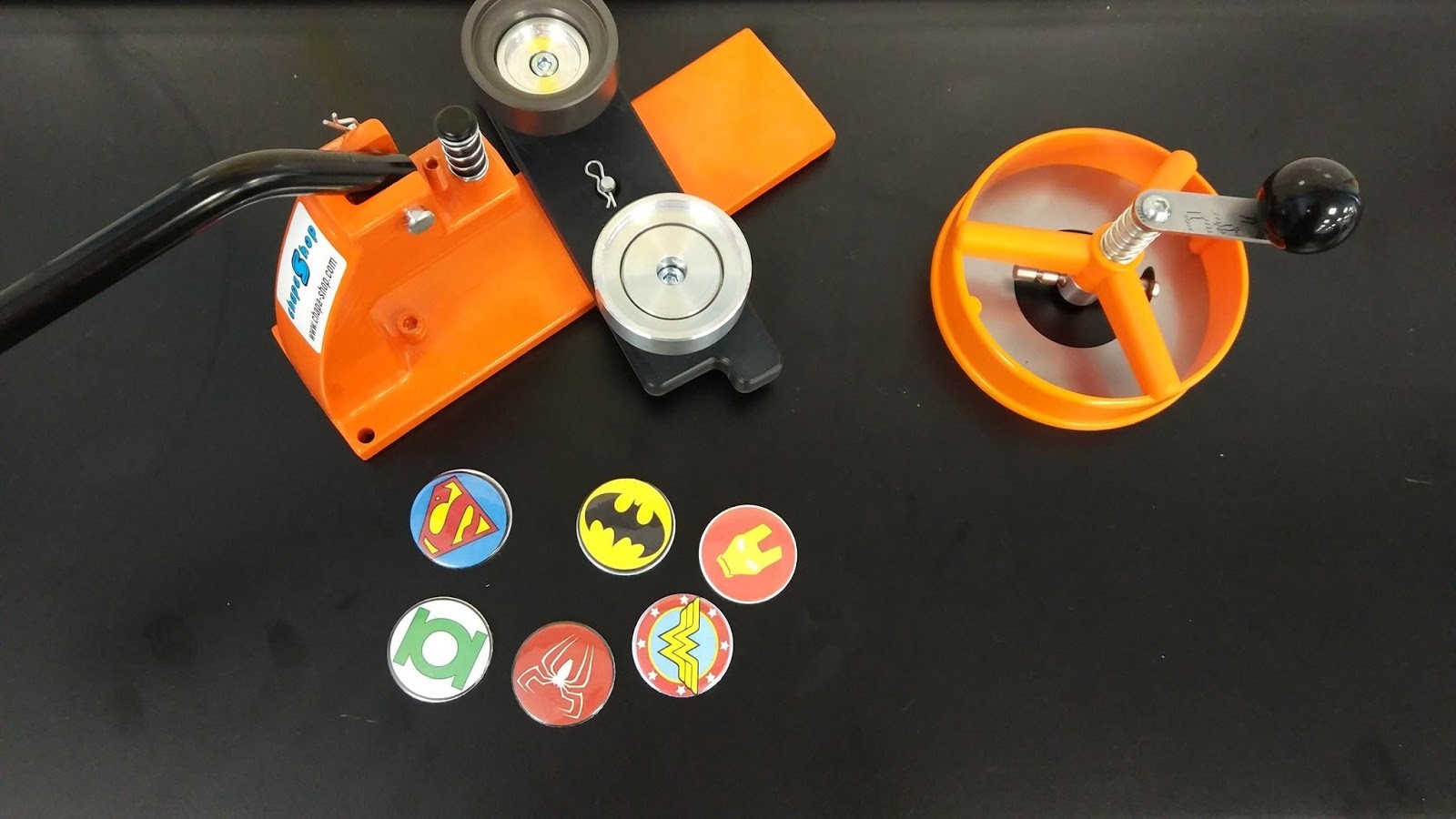
Conclusions
At the end of each sprint, we check the box and each person sets personal goals to try to get stars in other applications. In this way they are forced not to take on the tasks related to what they already know and are expanding knowledge.
Our goal is to ensure that in the most important applications there are at least 3 stars so that if there are urgent issues and there is someone on vacation, sick, etc ... there is always someone on the team available.
After 3 sprints we have seen that the number of stars and circles has increased, and that each person is more aware that they have to learn other things to be more versatile individually and therefore more agile as a team. Now, with a more shared knowledge, the team feels more capable, having better conditions to provide a better service.
What is your opinion? Are you up to the task? Do we become multifunctional?
Comments are moderated and will only be visible if they add to the discussion in a constructive way. If you disagree with a point, please, be polite.

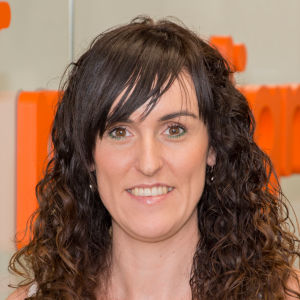


Tell us what you think.